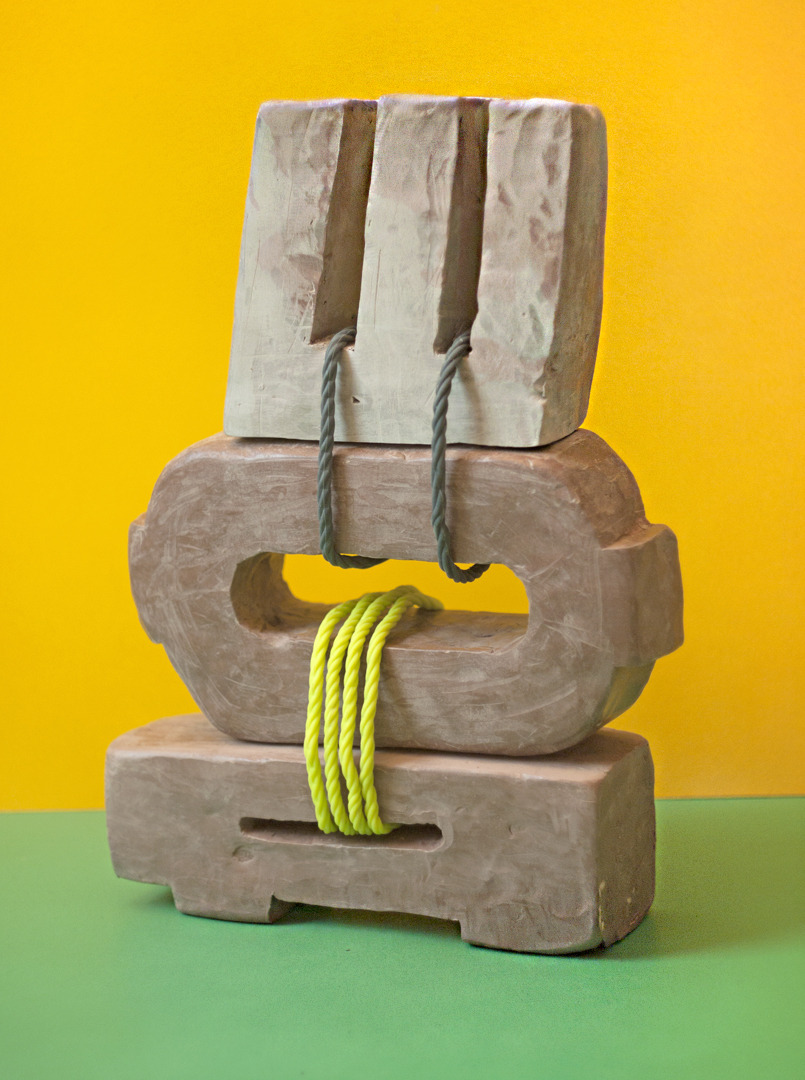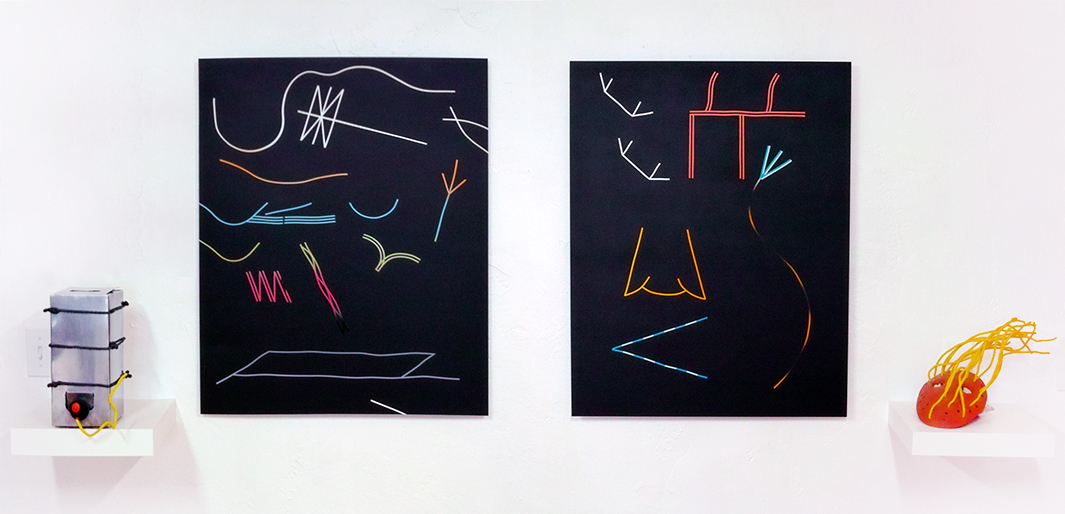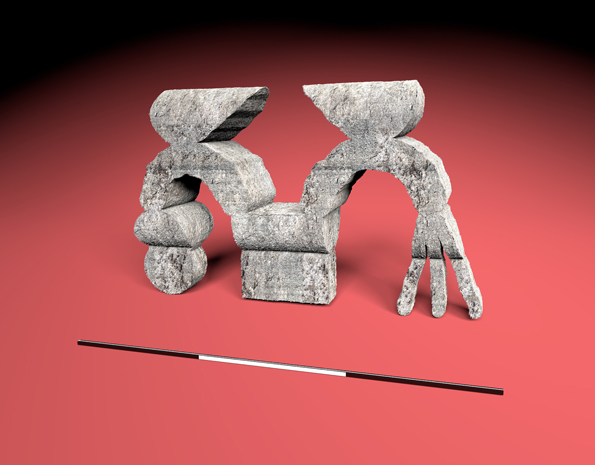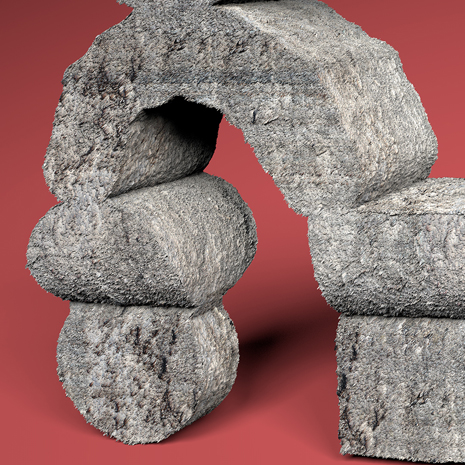LESSER GONZALEZ ALVAREZ
Pictured above: Lo Tide
25 "x 32", enamel on aluminum panel
I went through my Spotify playlists a few months ago and as I was scrolling through my memories and ~curated~ choices, I came across one called “The Correct Cure.” Back then, I used to play it during the darkest months of the year. When my world was twisted, drowned in oceanic feelings, and full of short days with endless nights. Now the playlist is a place where I safely swim in the deepest parts of my psyche. I decided to press play. After a few tracks, one of my favorite bands, Future Islands, came on and I was happy to hear from them. In the first few seconds of the song, I had a flashback to an album cover of theirs that inspired me in 2015. I registered the cover in my head for years to come. I never forgot it. I sat there, with my heightened curiosity, remembering the artwork and staring at the ceiling. The next logical move was to reach out to the artist who created it and get answers from his own perspective. I’m glad that I did. Once word got to my close friend and artist Hilary Williams, whose work also bridges the semantic and aesthetic, she jumped on board with questions of her own. Read our conversation with interdisciplinary artist Lesser Gonzalez Alvarez. Learn more about his work, unique studies and practice below.
Corp. , 2018
terracotta, utility ties (silicone, stainless steel)
Can you tell us about your artistic background?
I was born in Cuba, in 1983. I can remember drawing back really far in my memory, to when I was only a couple of years old. It’s always been something I’ve enjoyed. My mother wanted to be an artist in Cuba, but she was coerced by family to get a more practical education, so she was very supportive of my interest in it. When we moved to Miami in 1990, I started down a path that led to applying at Design and Architecture Senior High, an art magnet in Miami, where I became more interested in the intersection between art and technology, and then later went on to study at MICA in Baltimore, MD, where I got a BFA and a Masters in Digital Arts. I have my personal art practice, which offshoots into poetry and music, and my career as a professional illustrator. I try and fund my personal art practice with my illustration/design work, but would ideally like to go down the route of focusing on my own practice using more substantial materials and spaces.
I noticed much of your practice is research based. Where does your research stem from? Is the research at all tied into your own life?
I wouldn’t say it’s entirely research based, though that definitely is an important part of my process. I think to make on a continuous basis, you have to keep your eye and mind fed with input.
The archeo/paleo research began a few years ago when I started looking at ancient cultures for cues with a re-edited youtube video called “Funerary Boat.”
In the original, a Hummer that had fallen into an icy lake, is seen being winched out slowly and methodically. After watching it in reverse, I became instantly fascinated with the ritualistic appearance of the scene. It became a Hummer that was slowly and ceremoniously being lowered into an abyss. The owner, who pulls his belongings out from inside the Hummer as they finally remove it from the lake, instead is seen placing them inside at the beginning, as if sending them off into the afterlife. This got me thinking about Egyptian funeral practices, and furthermore, down the path of seeking tangents in ancient cultures and epochs using more specific approaches.
I became interested in viewing American pop culture through this archeological lens. I think pop culture is ever changing, but it always seems to tout an eternal virility, a sort of immortality, which I like to invert/subvert in a sort of celebration or acceptance of transience. I also find that the internet and digital media exists in a sort of ethereal space that can mirror ancient mythologies of a spirit realm.
At first, I had no real sense of what to look for, when I became interested in parsing through my thoughts for a root. It has become a lengthy conversation I’ve kept with myself. It has taken me from studying microfossils under a digital microscope, to hunting for fossils and paleo artifacts in river beds, to lengthy discussions with professional archaeologists, lithic experts and paleontologists, all to expand my understanding of fragments, the erosion of time, the resulting visual language of disambiguation, and the philosophical underpinnings of the visual material I am generating.
I find that this research has helped me understand our/my own place in time, and has become a wealth of inspiration. By studying both the visual, and academic language in each of these areas, I’ve gained a wider perspective on our material culture, and can present my own work with a more thorough understanding of the standards I am borrowing from, and how their aesthetic elements overlap with my art practice.
Vampires
25″ x 32″, enamel on aluminum panel
How has your practice evolved over time?
I’m more patient with it. I understand what interests me more, and am more flexible and accepting of my approach. I’ve come to accept that my working process is what it is, and that to have exciting outcomes, I have to keep myself fed with solid research and introspection. This helps me recognize subtext when I see it in synchronicities, happy accidents, and encounters in my research. Over the years I’ve found that’s the best approach for me, rather than to hammer out a fit and finished “idea,” I try to just cultivate a sensitivity to when they present themselves. This has helped me in life too, as a human being, and in a way, that is the return I get from my practice. It is important to me that aspects of the practice be deeply meditative, and mentally nourishing.
How do you decide which symbols to use in your prints? Do some inspire you more than others?
I think the key here is to first understand the background of my interest in the symbolic work. That initial flash in your mind that occurs the minute you comprehend what a symbol is trying to tell you. If I have any guidelines whatsoever in making these paintings, it is to pull back just short of this point. First, I am interested in the cognitive process but more so in how certain symbols operate at that very edge of signification. “Lacunae” is a term from Archaeology, it refers to the missing parts of a broken script or tablet, that keep you from understanding the full context. That space of “not knowing,” to me is filled with limitless possibilities, it isn’t just a missing piece. I try and choose arrangements based on an intuitive balance, but generally settle on forms that convey the possibility that somewhere there is a rational whole that this stems from. I also try and guide the results to be as “of my time” as possible, rather than to choose forms that look tribal, or in any way firmly entrench themselves in old concepts of “primitive” art. Consequently, my practice has to allow for time spent simply observing my experience as a human being, in present day U.S.A. Put more simply, my forms don’t as a whole carry any meaning, instead they carry cognitive possibilities, a bridge from the semantic to the aesthetic, and the vibration between former and latter.
Installation View, Satellite Art Fair, Miami Beach, Winter 2016
I loved reading the question in your statement, “How will our material evidence differ from current stereotypes of antiquity?” What are your thoughts on this?
There is something really unsettling, funny, and odd to me, that the symbol of the Roman column, is repeated everywhere. It has no structural use now, but is just a decorative element. This is a notion of antiquity that denotes grandness, a confident opulence. I get the same feeling when I go to one of those ‘Egyptian’ Movie Houses, where the building is made to look like an ancient pyramid. In the era of the founding fathers, here in the U.S., there was an incredible surge of interest in Greek and Roman antiquities. The U.S.A itself takes a lot of cues from those cultures, in many ways borrowing their notions of the sublime power of organized culture, for better or worse. Except, through the lens of time, the distortion acts like a game of telephone. It’s common knowledge now that their iconically ‘white’ marble sculptures, were in actuality vibrantly colored! Here you have a nascent United States of America, building on an ancient culture, that in all probability matched the rich colors found in Latin American arts, driven in some arguable sense by the purity of the white form. This, I’m sure, served to stoke the fires of the white euro-centric mentality of the time, a legacy were are still having to keep in check in 2019.
New Body
24″ x 30″, spray enamel on aluminum panel
This is mostly for me but I became aware of your work through the band, Future Islands. (Lesser designed the album artwork for the 2015 EP release, The Chase.) It released on one of my favorite days of the year. Do you remember what you were doing on April 29, 2015?
I was probably working on a design for a client, and wishing I was outside looking for stuff in the river. I’m good buddies with the Islanders, we toured and road-dogged years ago when they had just gotten to Baltimore and they’ve worked super hard for many years. I think they all own 1 or 2 paintings of mine now, and it makes me really happy to be in their collections. They’ve been super supportive of my work. I’m very proud of their success and was psyched that they asked me to contribute the two paintings for the front and back covers.
What goes through your mind as you create “digital artifacts” in your renderings? For ex: Pseudohistories and Alternative Artifacts. The virtuality of these works fascinates me. Digitalizing the past.
These are about studying the semi porous veil between the physical and the digital, via 3d scanning and manipulation.
Abstractions caused by the 3d scanning process itself, present a form that is lost in translation in subtle and sometimes not so subtle ways. I try to push for as much realism with these as possible, so that the inconsistencies of the process reach even further into the surreal. Some are purely digital artifacts of a nonexistent mythology, like in my “Alternative Artifacts” series, a nod to the precedent set by this administration, but that late capitalism has been pointing towards for some time now. Sadly, it may have started with language, so in some small way we are all complicit, because language itself tends to manipulate experience to more cognitively suit our tastes or necessities, for better or worse.
Pictured above: Pseudohistories + detail
3d rendering printed to aluminum substrate, editioned
What is your next project that you are working on?
Right now I’m caught up with a large illustration project for Harvard University, but I hope to return to my aluminum paintings, microfossil research, and to some of the 3d printed processes I’m exploring in my studio very soon.
Tools of manifestation
25" x 30", enamel on aluminum panel
A few questions from guest contributor and a Houston-based artist Hilary Williams:
Some of your work reminds me of steles and there is also a combo of glyphic renderings. Does your work have other specific ties to extending language in the visual/verbal/glyphic sense?
Yep! Basically the answer to #4, but I should also say that our culture has taken a decidedly strong turn towards glyphic expression, and that tracing that arc from past to present has been a major source of inspiration.
There’s a really interesting anthropological study that occurred in the last few years by a scientist named Genevieve von Petzinger, that catalogs matching pre-alphabet symbols found on cave walls across all the major continents. Not only that, a lot of them are still in use in digital media. This was right up my alley, and I was thrilled to find her research. I highly recommend her TED talk.
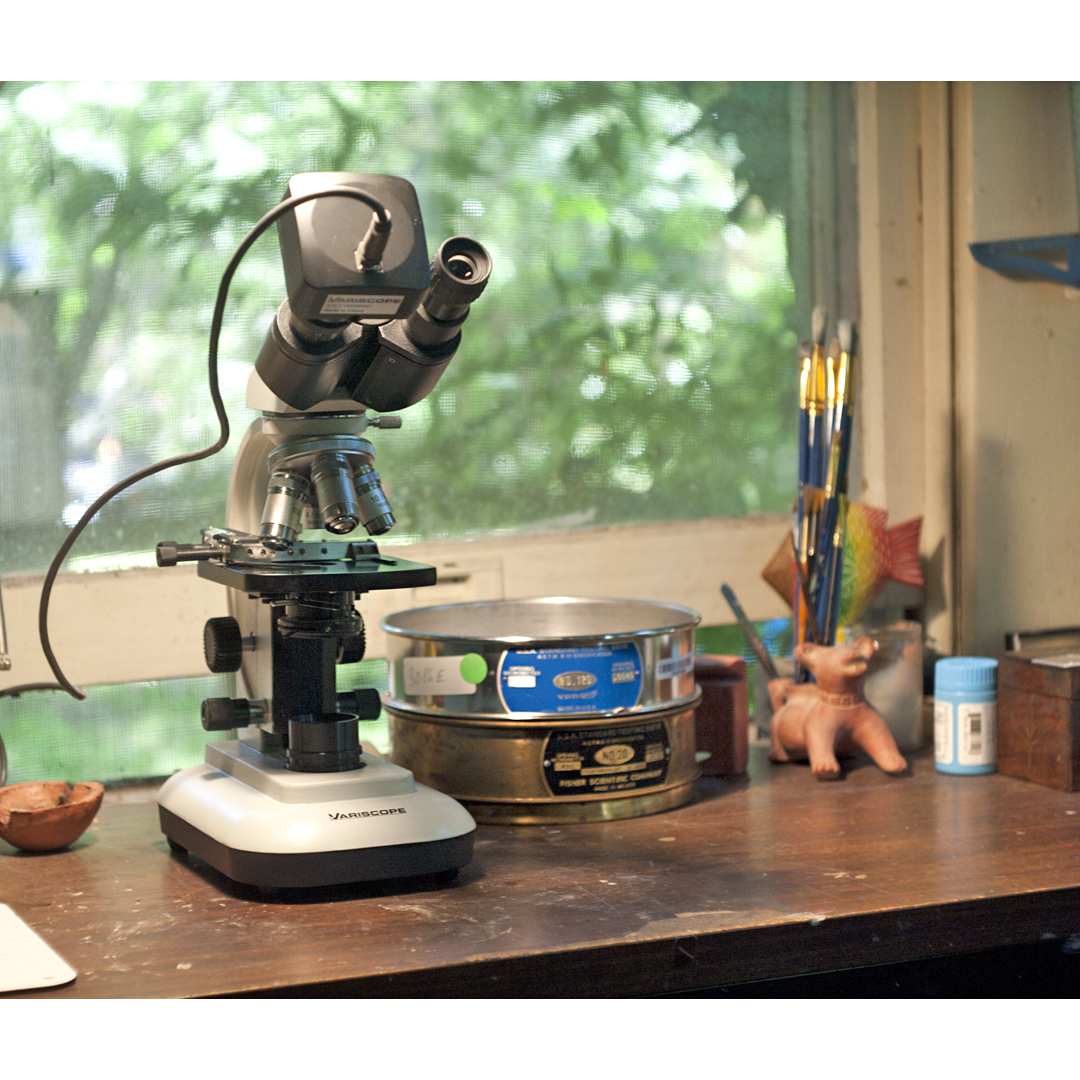
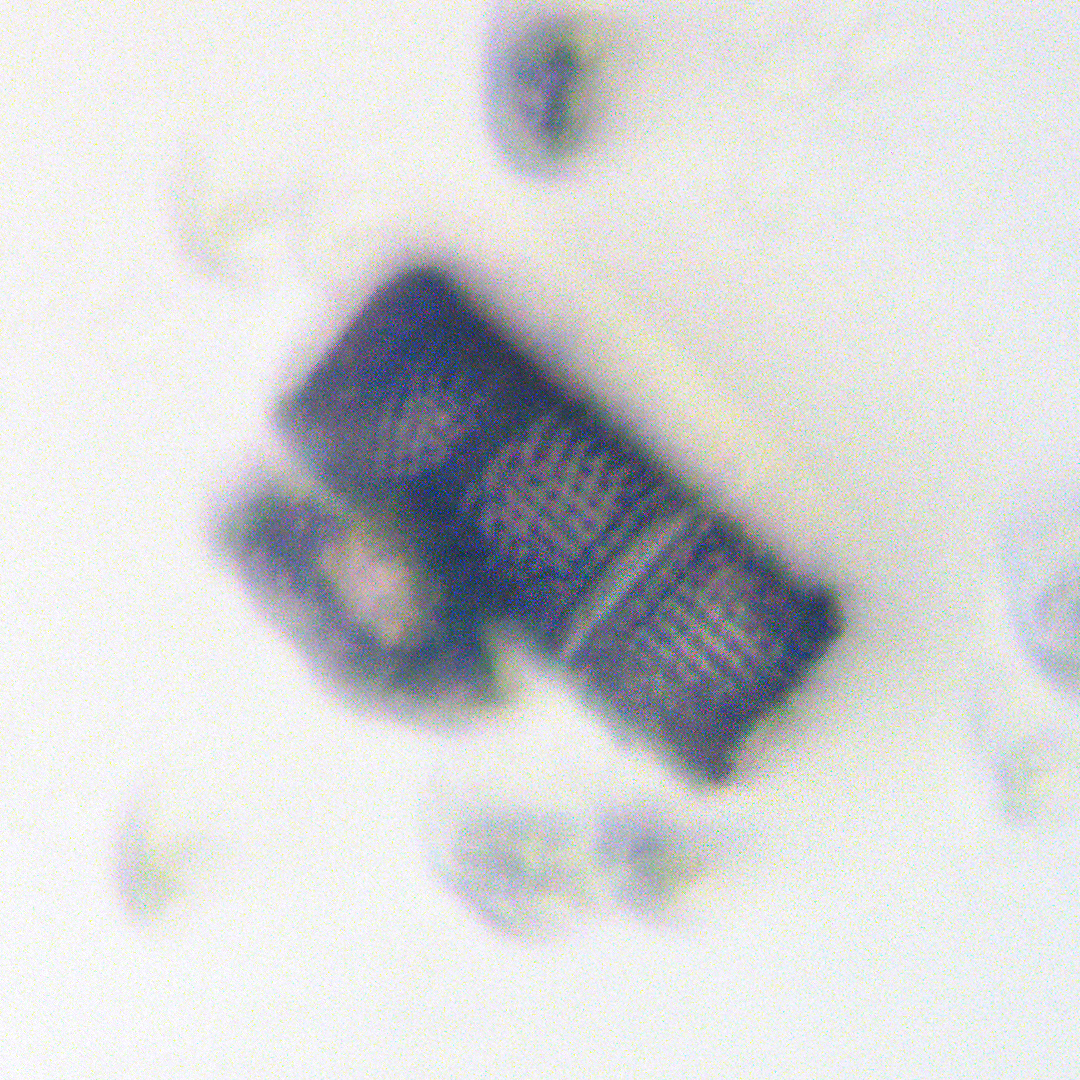
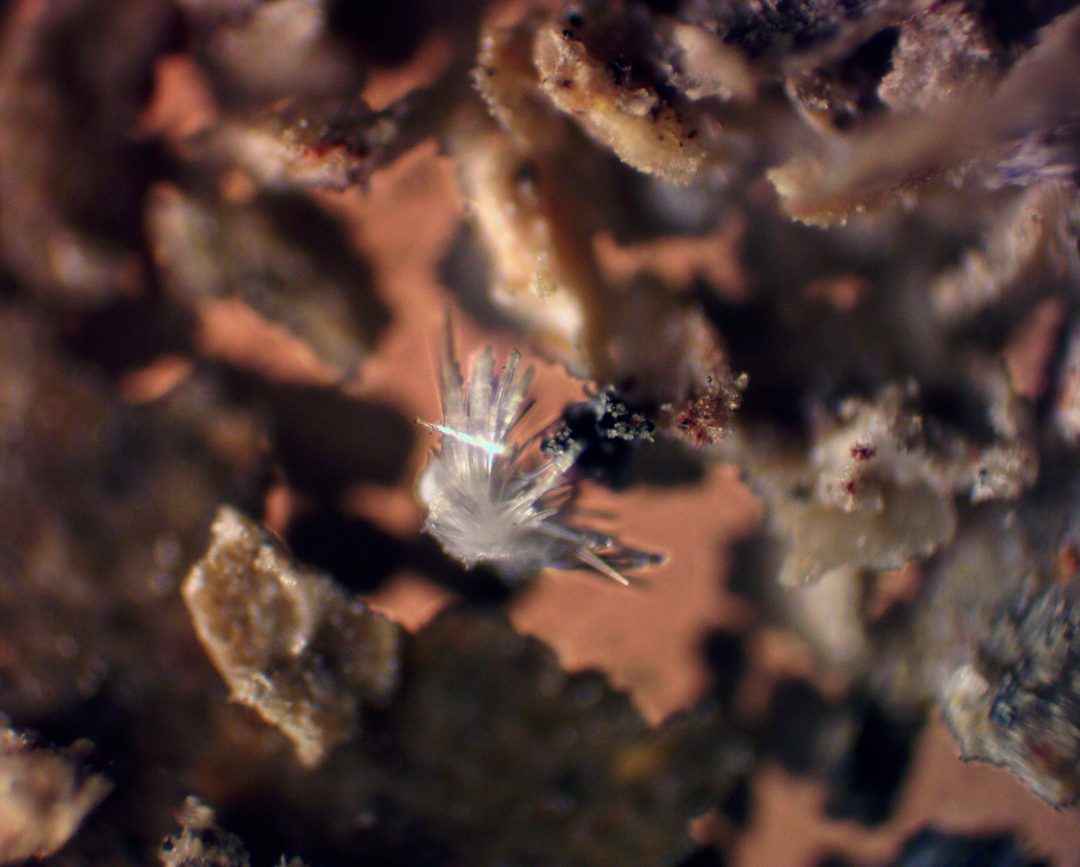

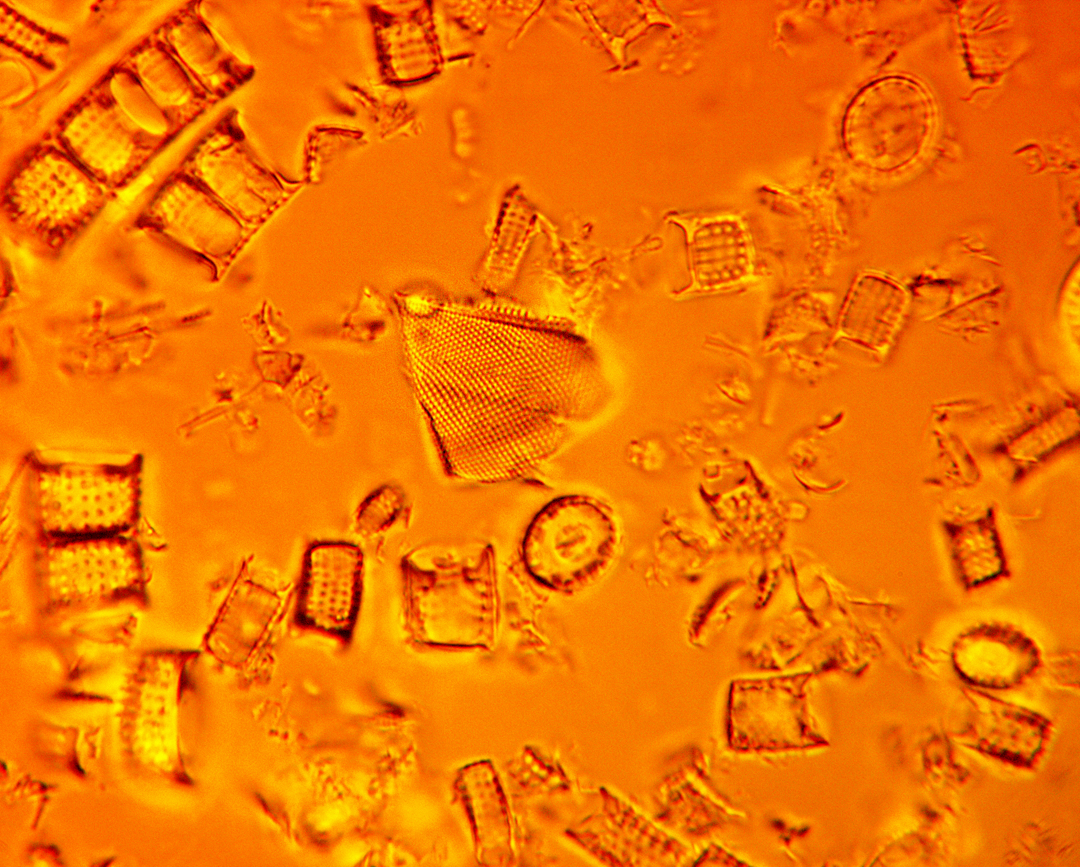
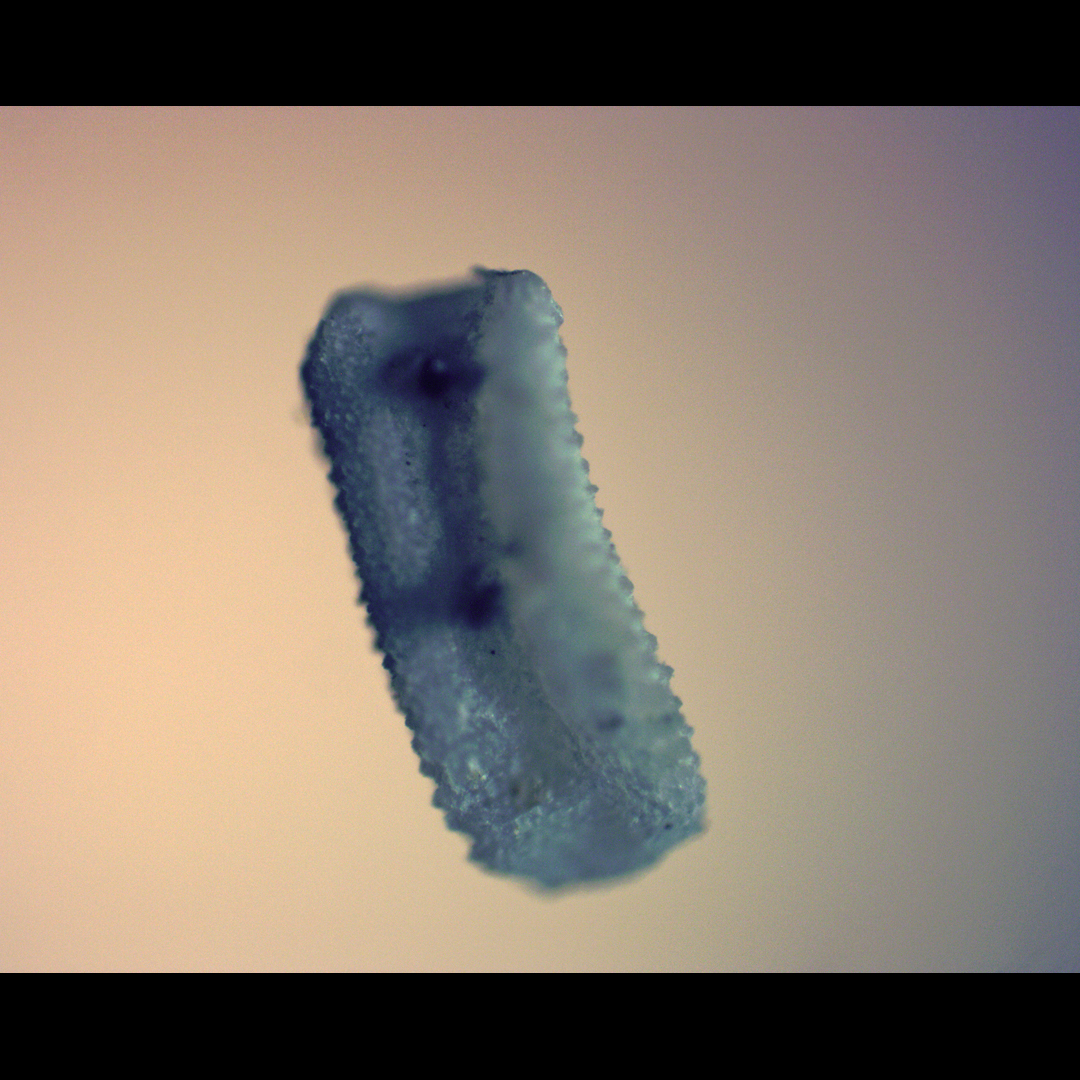
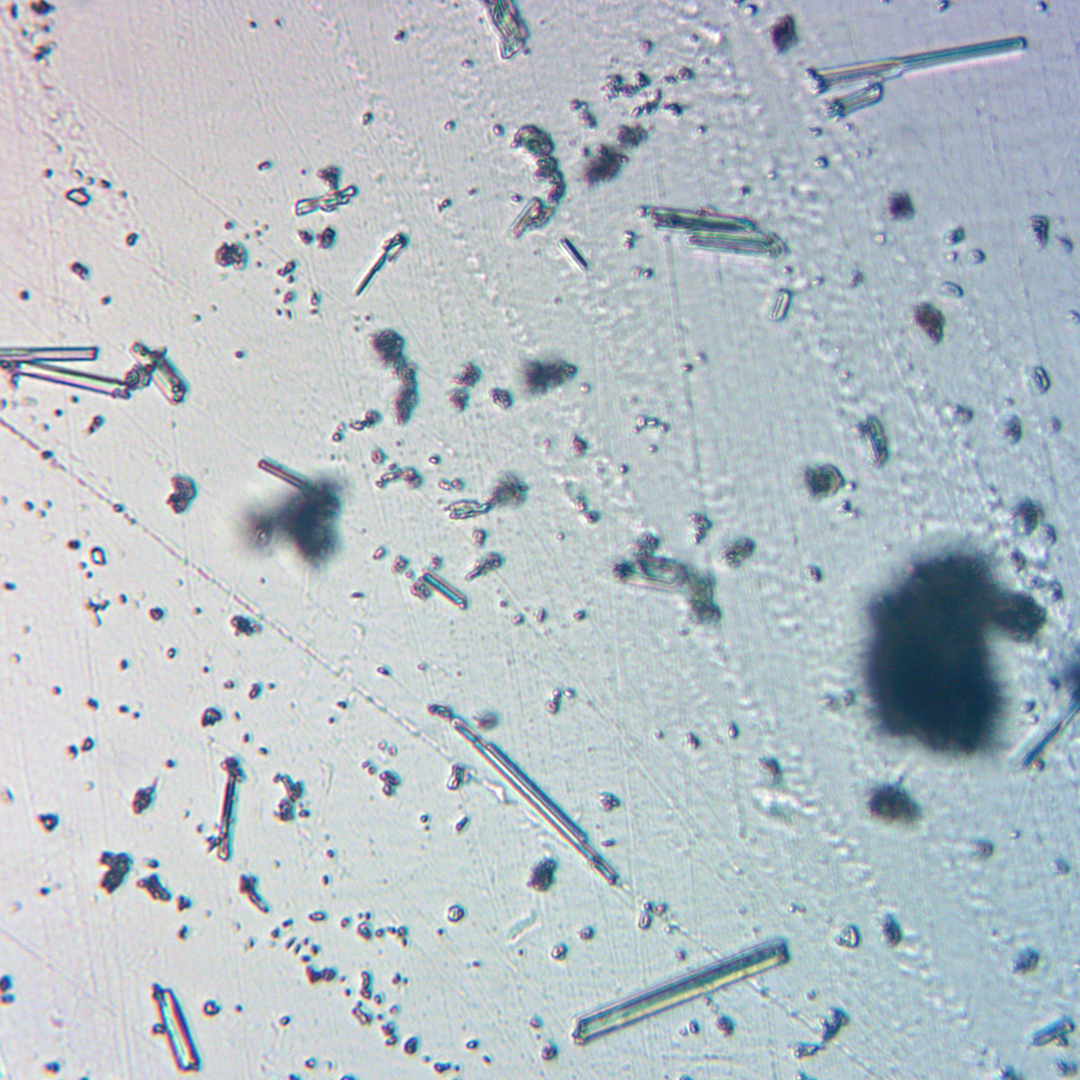
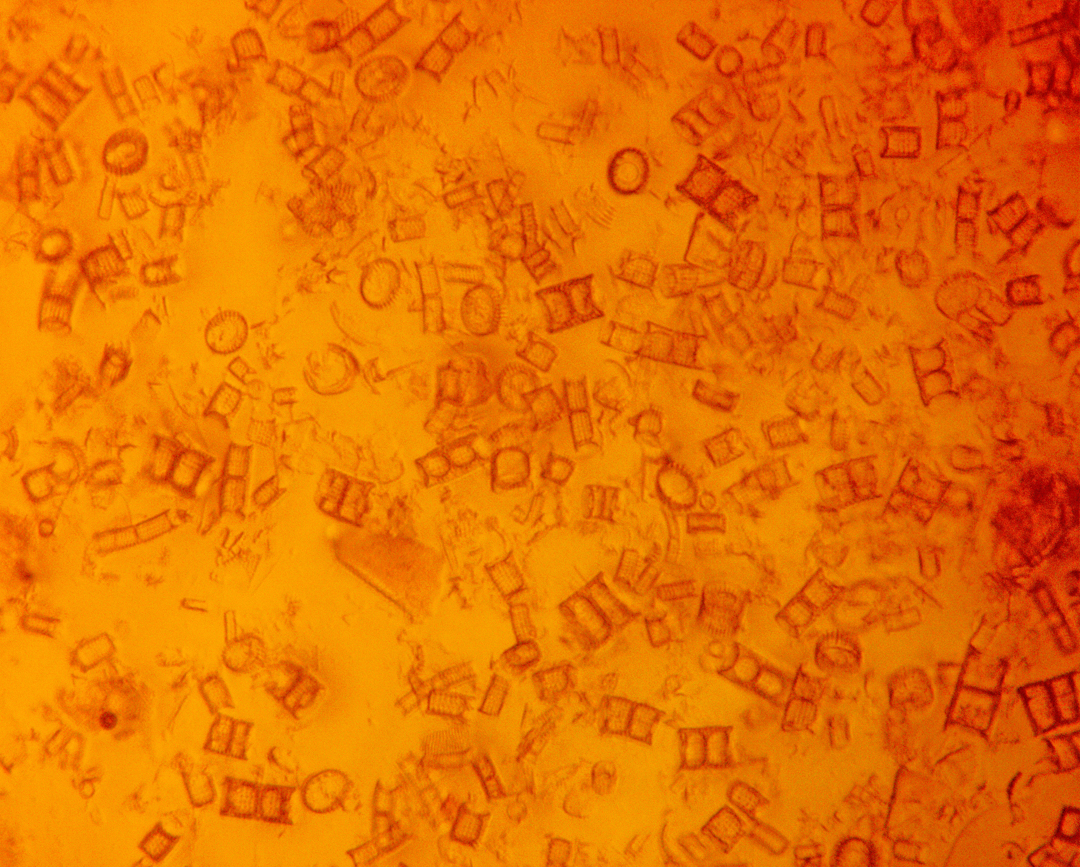

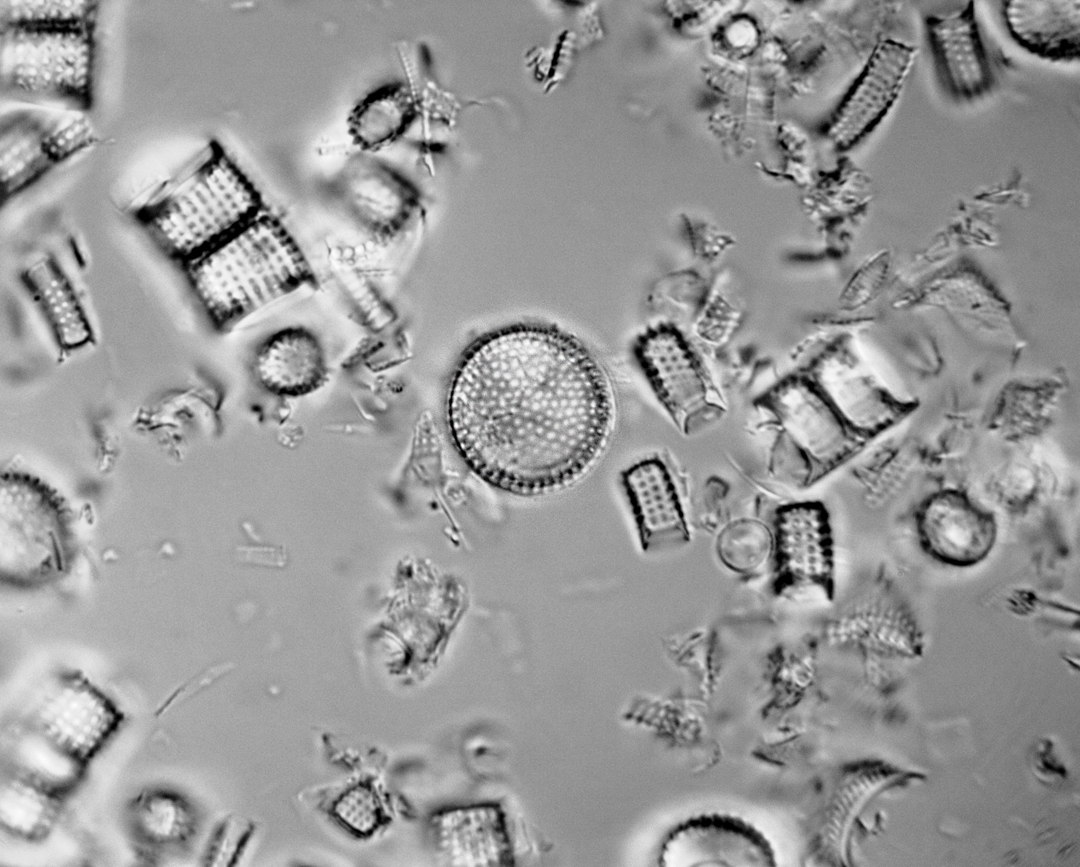
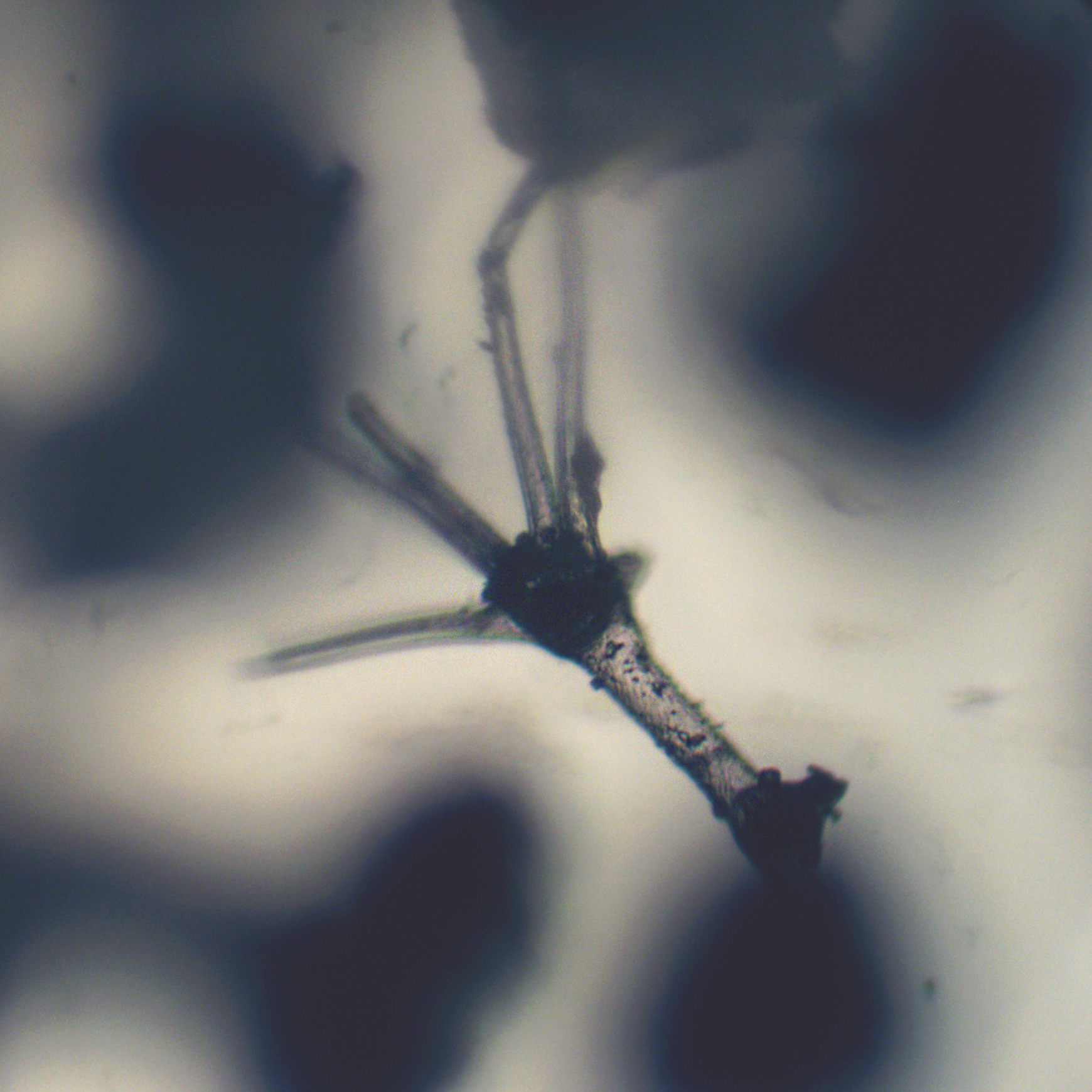
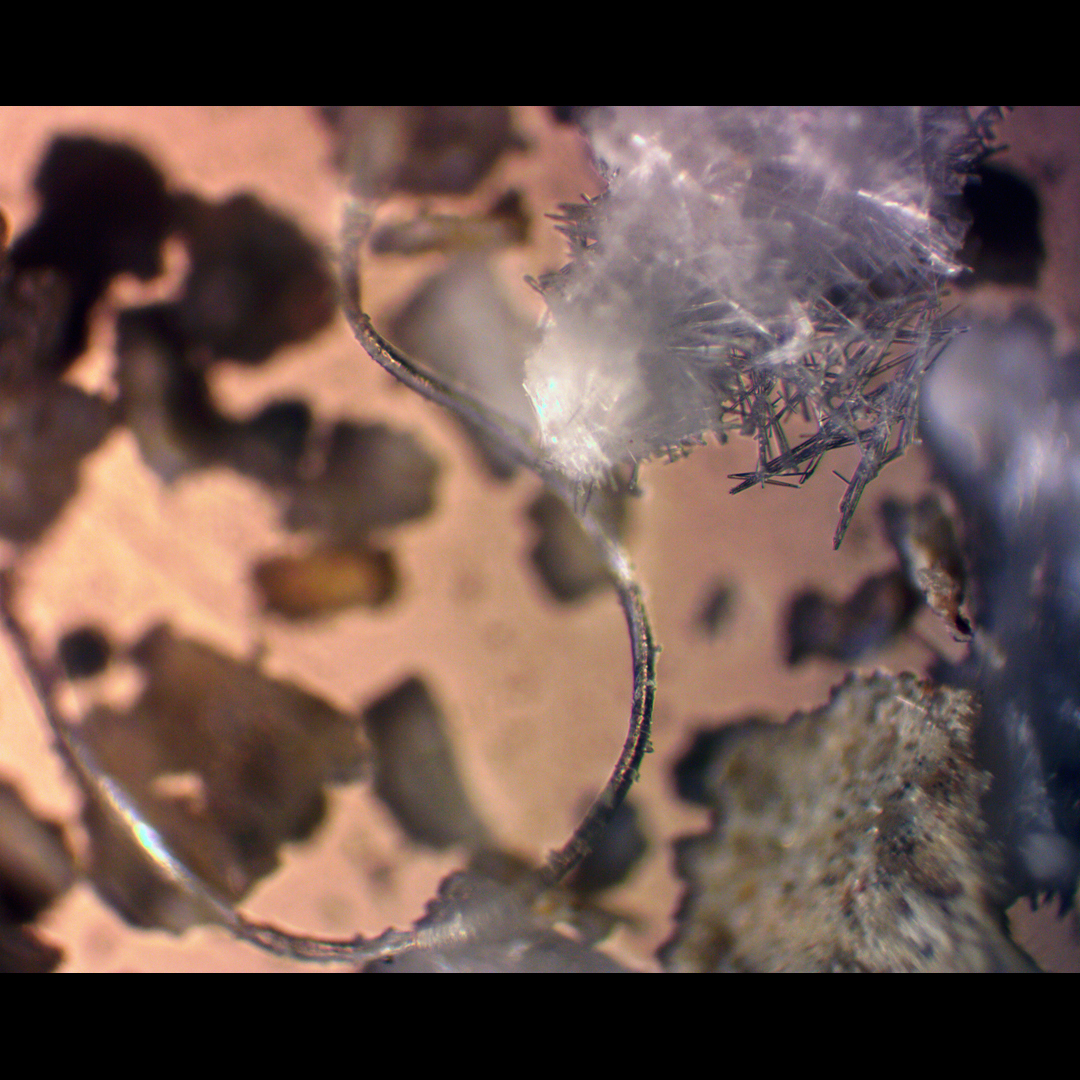
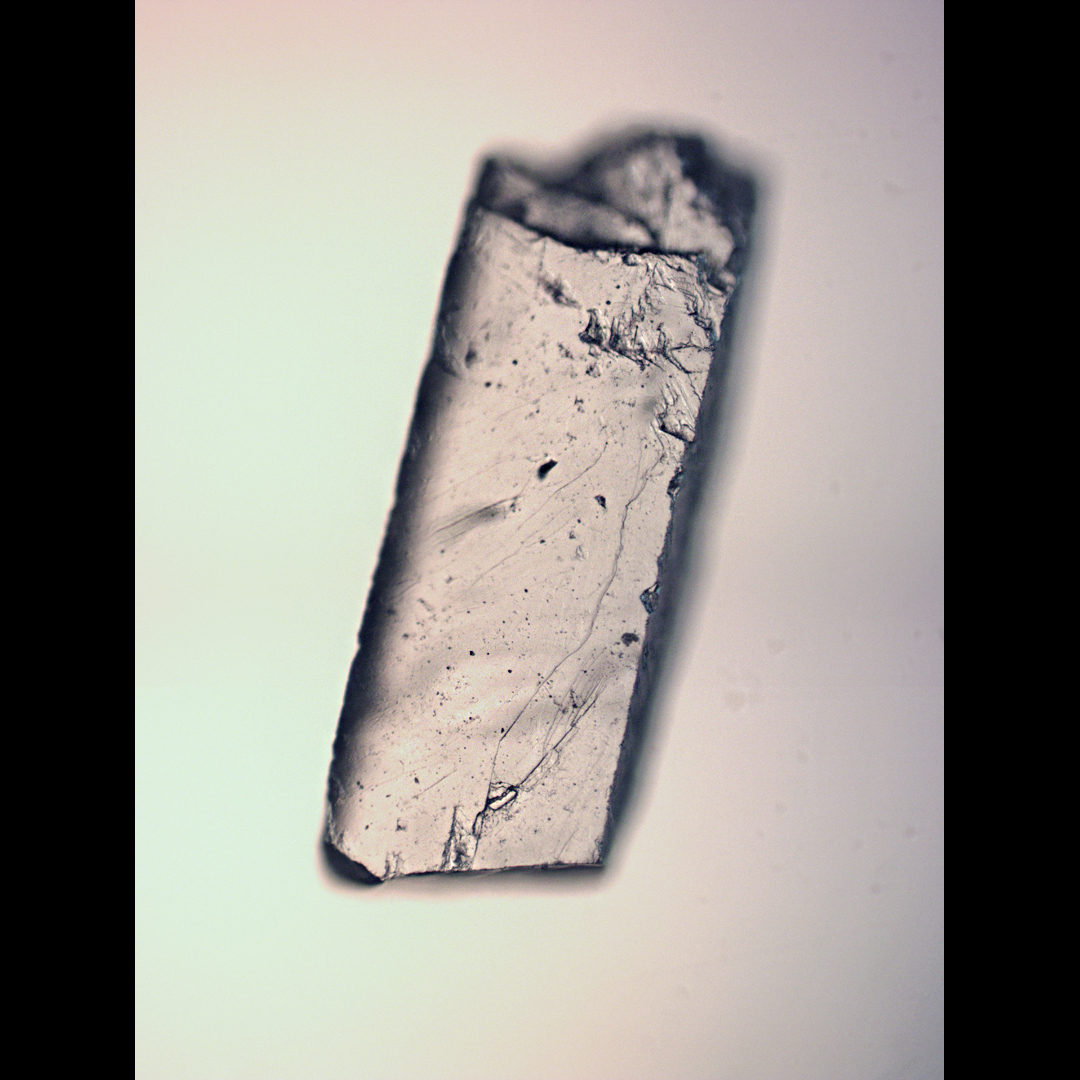
Pictured above: A variety of disambiguated forms from his microfossil research.
Can you talk about the juxtaposition between creation and erosion in your work? Where do you pick up the thread?
I try and stay conscious of the different states of making. I think equal attention should be spent undoing work, or examining artifacts of the process itself for interesting connections. I think the process of digitization itself, causes an instant erosion that I find very interesting. It’s a kind of magic that we take for granted, to filter real world objects through the digital, and vice versa. I see it as an almost shamanistic experience, and always a learning process.
It’s interesting because you say ‘context of contemporary culture’ and ‘context of modern experience’ of which there are clear distinctions.. so curious which particular modern experiences you are influenced by?
I think they’re two general terms to describe the same thing, at least in my use here. I’m mostly interested in the quotidian experiences we share as human beings in present day, and how visual material can hide in plain sight, being so used to them. Things like sitting at the DMV, and noticing the grille pattern on the loudspeaker, or the geometry of a parking meter. These can go hidden, yet still have an overall effect on how we experience present day. It is also important to note that these experiences can’t be assumed to occur everywhere, obviously they are indicative of the privileges of western civilization at this point in time, but that’s not an assumption I am making. It is only the ‘provenance’ in a sort of anthropological study of the present day and my place in it. These dull, daily sources are transformed, at least in my mind, when I think back to cases where individuals’ rings have fallen through the cracks in Roman cobblestone, simply going about their business. What may have been a modestly crafted ring in its day, in our day, is a priceless artifact filled with only possibilities and laden with questions, and that’s when we know what it is! To say nothing of objects or forms that are completely disambiguated from culture today.

